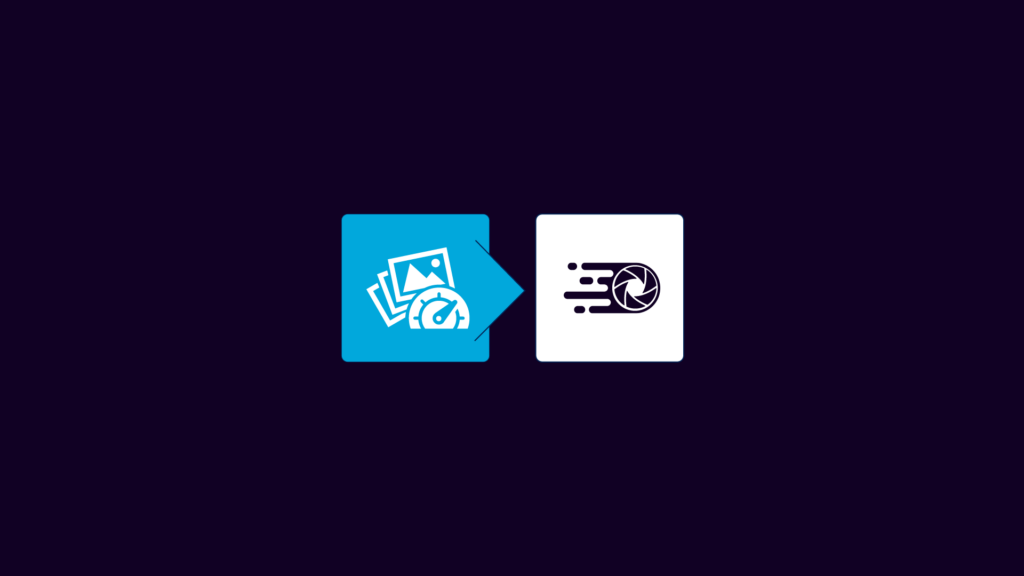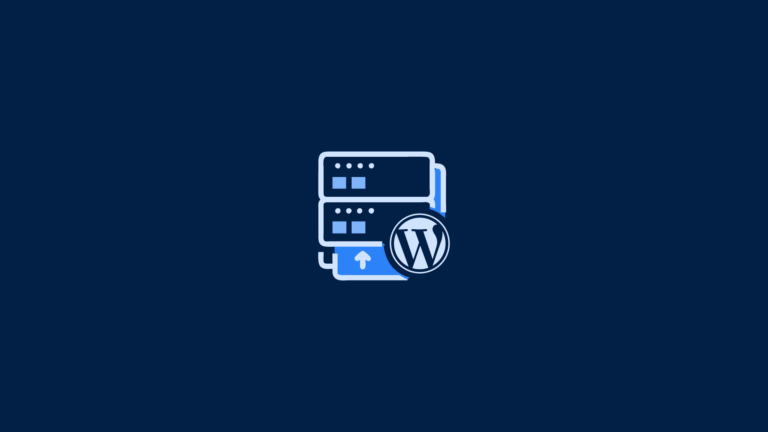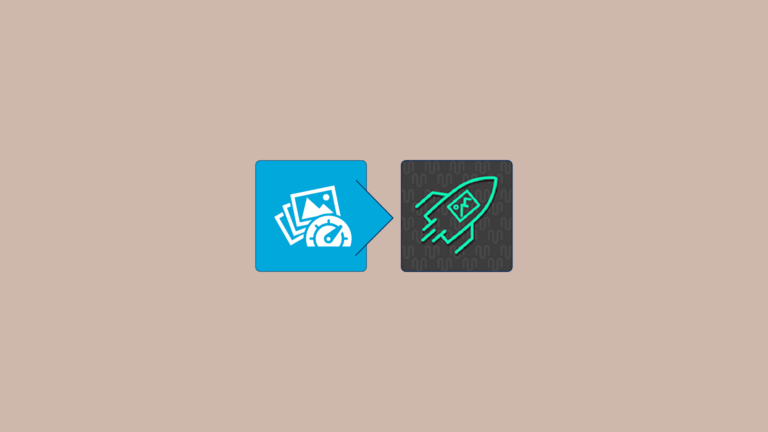Optimizing images in today’s competitive digital landscape is crucial for ensuring fast-loading websites and a smooth user experience. Two prominent image optimization plugins that often come up in discussions are EWWW Image Optimizer and Imagify. While both plugins share the common goal of compressing and optimizing images for the web, they each have unique features and different approaches to image compression.
Optimizing all the images on a website is essential for better performance and overall user experience, as it addresses specific issues identified by PageSpeed Insights and enhances loading speeds.
This blog post provides a detailed, side-by-side comparison of EWWW and Imagify. We’ll delve into their features, ease of use, pricing, and performance to help you decide which plugin is the best fit for your WordPress site.
Understanding Image Optimization
The image optimization process involves reducing image file sizes while retaining acceptable quality. When performed effectively, it can:
Boost page load speeds and reduce bounce rates
Improve Core Web Vitals, a key aspect of SEO performance
Enhance overall user experience and accessibility
By using an image optimization plugin, you can automate tasks like compression and resizing, saving you time and effort.
Why Optimize Images?
Improved Website Performance: Smaller image files help pages load faster, which is essential for user satisfaction. Reducing image file size is crucial for improving website performance and loading speeds.
Better SEO: Search engines like Google reward faster websites with better rankings.
Reduced Bandwidth: Optimizing images cuts down on bandwidth usage, which is especially helpful for websites on limited hosting plans.
Enhanced User Experience: Users are less likely to leave a page that loads quickly, improving engagement metrics.
Imagify vs EWWw image optimizer Comparison
EWWW Image Optimizer Overview
EWWW Image Optimizer is a popular image optimizer plugin for WordPress, known for its versatility:
Compression Options: Offers both lossy and lossless compression methods.
Multiple Image Formats: Supports JPEG, PNG, GIF, and WebP.
Local and Cloud Optimization: Users can choose between on-site (local) optimizations or EWWW’s cloud-based approach.
Resizing & Bulk Optimization: Automated image resizing and bulk optimization features streamline workflow.
Lazy Loading: Delays loading offscreen images for a faster initial page load.
From a performance standpoint, EWWW excels in providing a broad feature set suitable for both beginners and developers who want deeper customization.
Imagify Overview
Imagify is an image compression plugin developed by the same team behind WP Rocket. It focuses on simplicity and efficiency:
Three Compression Levels: Normal, Aggressive, and Ultra, giving users control over the level of optimization.
WebP Conversion: Allows seamless creation and serving of next-gen file formats for better compression.
Lazy Loading: Speeds up loading times by loading images on-demand.
Bulk Optimization: Lets you optimize existing media files at scale.
User-Friendly Interface: Clean and intuitive design for easy setup.
Imagify’s user interface is especially beginner-friendly. If you want a straightforward setup process and minimal configuration, Imagify is a strong choice.
Image Compression and Quality
Both EWWW and Imagify offer advanced compression methods:
Lossy Compression: Reduces file size at the risk of a slight quality drop.
Lossless Compression: Minimizes file size without affecting visible image quality.
Reducing image sizes can significantly enhance website speed and user experience.
While EWWW lets users pick from multiple compression levels and even custom APIs, Imagify simplifies the process into three distinct tiers. The right choice depends on your desired balance between file size and image clarity.
Supported Formats and Features
| Plugin | Formats Supported | Key Features |
| EWWW | JPEG, PNG, GIF, WebP | Bulk optimization, lazy loading, resizing, multiple compression options |
| Imagify | JPEG, PNG, GIF, WebP | WebP conversion, lazy loading, 3-level compression, advanced interface |
Both plugins offer automatic optimization, making it easy to set them up and let them do the work. EWWW stands out for its robust, feature-rich approach, whereas Imagify shines for its user-friendly simplicity. When comparing these image optimizer plugins, it’s clear that each has unique strengths that cater to different user needs.
Ease of Use and User Experience
EWWW: Offers a wide range of settings, which is great if you need granular control. Beginners might initially find the interface more complex.
Imagify: Boasts a sleek interface with straightforward settings and clear labels. Ideal for beginners or those who prefer minimal tweaking. The lazy load feature improves performance by delaying the loading of offscreen images.
Ultimately, your preference might depend on whether you value simplicity (Imagify) or flexibility (EWWW).
Pricing and Plans
EWWW Image Optimizer
Free version with limited features
Premium plans start at around $7/month
Plans offer more advanced compression, cloud optimization, and priority support
Imagify
Free version allows limited monthly optimizations
Premium plans start at $4.99/month
Higher-tier plans include additional optimizations and faster processing
Check each plugin’s official pricing page for the latest details. The ideal plan depends on your image volume and the level of optimization you need.
Performance Impact on WordPress Sites
When properly configured, both EWWW and Imagify can:
Significantly reduce page load times
Improve Core Web Vitals metrics
Enhance user satisfaction and overall site performance
For large websites with hundreds of images, the difference in resource usage or total compression may become more noticeable. While Imagify focuses on simplicity, EWWW’s extensive customization can help advanced users fine-tune performance.
Comparison of EWWW and Imagify
Here’s a quick comparison to help you decide:
Feature Set: EWWW offers more granular control, whereas Imagify is streamlined. Both excel in image optimizations, enhancing SEO performance and overall website efficiency.
Interface: Imagify is more minimalistic, while EWWW’s dashboard has more options.
Pricing: Imagify has slightly lower entry-level pricing, but EWWW’s advanced plans can be more cost-effective for larger sites.
User Base: Both are widely used and trusted; EWWW may appeal to power users, Imagify to those seeking a quick setup.
Choosing the Best Image Optimization Plugin
While EWWW and Imagify are top contenders, other WordPress image optimizer plugins like ShortPixel and Optimole also deserve consideration. Each plugin has unique strengths and may better fit certain user requirements, such as:
ShortPixel: Known for powerful compression and good value
Optimole: Offers real-time optimization and a built-in CDN
Factors to consider include:
Ease of Use: How quickly can you set up and manage the plugin?
Feature Requirements: Do you need advanced options like resizing, CDN integration, or custom APIs?
Budget: Compare free vs. paid plans for each plugin.
Support and Updates: Check the plugin’s reputation for timely updates and helpful support.
Best WordPress Image Optimization Plugins
When it comes to choosing the best WordPress image optimization plugins, several options stand out for their unique features and benefits. Here are some top contenders:
Optimole: Optimole is a robust image optimization plugin that offers advanced features such as lossy and lossless compression, a content delivery network (CDN), lazy loading, and automated image scaling. It has a solid free plan and is highly recommended for its comprehensive image optimization capabilities and positive impact on website performance.
ShortPixel: ShortPixel is another top-notch image optimization plugin known for delivering excellent mobile performance scores after optimizing images. It offers features like image compression, lazy loading, and CDN integration. ShortPixel is praised for its consistent performance and is particularly effective for mobile optimization.
Imagify: Imagify is a user-friendly image optimization plugin that excels in compression, features, and interface design. While its free plan has some restrictions, Imagify is recommended for its excellent compression capabilities and ease of use. However, users should be aware of the limitations of the free version.
EWWW Image Optimizer: EWWW Image Optimizer is a versatile image optimizer for WordPress with no file size limits in its free version. It offers a range of features, but the free version has some limitations, particularly with PNG support. It is recommended for users who need a free image optimizer without file size restrictions.
Smush: Smush is a popular image optimization plugin that offers unlimited free image compression. However, the free plan has a five-megabyte upload maximum. Smush is recommended for its unlimited free image compression, but users should be aware of the upload size limitations.
These plugins each offer unique strengths, making them suitable for different user needs and preferences. Whether you prioritize advanced features, ease of use, or free options, there’s a plugin that can meet your image optimization requirements.
Security and Privacy Considerations
When selecting an image optimization plugin, it’s crucial to consider security and privacy aspects to protect your data and maintain compliance with regulations. Here are some key factors to keep in mind:
Data Encryption: Ensure the plugin offers data encryption to safeguard your images and sensitive information during the optimization process.
Secure Servers: Verify that the plugin’s servers are secure and comply with industry standards to prevent unauthorized access and data breaches.
GDPR Compliance: Choose plugins that are GDPR compliant, ensuring they respect user data privacy and adhere to data protection regulations.
Regular Updates: Opt for plugins that receive regular updates to address any security vulnerabilities and keep the plugin functioning optimally.
Transparent Policies: Select plugins with clear and transparent policies regarding data collection, storage, and usage. This transparency helps you understand how your data is handled and ensures it is used responsibly.
By considering these security and privacy factors, you can choose an image optimization plugin that not only enhances your website’s performance but also protects your data and complies with legal requirements.
Customer Support and Community Feedback
Customer support and community feedback are vital when choosing an image optimization plugin. Here are some factors to consider to ensure you receive the best support and user experience:
Documentation: Look for plugins that offer comprehensive documentation and guides to help you get started and troubleshoot any issues you may encounter.
Support Channels: Ensure the plugin provides multiple support channels, such as email, chat, or forums, so you can get help when you need it.
Community Feedback: Check online reviews and ratings to see what other users think about the plugin. Positive feedback and high ratings can indicate a reliable and effective plugin.
Active Community: Opt for plugins with an active community and regular updates. An active community can provide valuable insights, tips, and solutions to common problems.
Knowledge Base: Choose plugins that offer a knowledge base or FAQ section. These resources can help you quickly find answers to common questions and resolve issues without needing to contact support.
By considering these factors, you can select an image optimization plugin that offers excellent customer support and benefits from a strong community of users. This ensures you have the resources and assistance needed to optimize your images effectively and maintain your website’s performance.
Bulk Optimization and Image Compression Results
Both EWWW and Imagify excel at compressing large libraries of existing images, a feature commonly called “bulk optimization.” This can lead to:
Substantial overall reduction in your media library’s storage usage
Noticeable improvements in site speed
Reducing image size is crucial for improving site speed and storage usage.
A pro tip is to make backups before bulk optimization, so you can revert to the original images if you’re unhappy with the results.
Conclusion
Image optimization remains a fundamental practice for websites that value speed and user satisfaction. EWWW Image Optimizer and Imagify offer robust solutions to achieve optimized images on WordPress:
EWWW provides an in-depth configuration approach, ideal for users wanting fine-grained control.
Imagify is simpler and designed for users who appreciate a sleek, beginner-friendly interface.
Ultimately, there’s no one-size-fits-all choice. Evaluate both plugins according to your site’s size, your budget, and your desired balance of features. Don’t be afraid to test each solution on a staging or backup environment to gauge how well it fits your workflow.
By carefully comparing performance, pricing, and functionality, you’ll find an image optimization plugin that boosts your site’s performance and keeps your visitors happy. Remember that the goal is to strike the perfect balance between file size and visual fidelity, ensuring a seamless online experience for every user.
Frequently Asked Questions (FAQ)
What is the main purpose of image optimization plugins like EWWW and Imagify?
Image optimization plugins aim to reduce image file sizes without sacrificing image quality, thereby improving website performance, loading speed, and user experience.
How do EWWW and Imagify differ in terms of compression methods?
EWWW Image Optimizer offers both lossy and lossless compression options, providing flexibility for users to choose their preferred method. Imagify simplifies the process with three compression levels: Normal, Aggressive, and Ultra.
Can I use both EWWW and Imagify on the same WordPress site?
While technically possible, it is not recommended to use multiple image optimization plugins simultaneously as they may conflict with each other and lead to unexpected results.
Do EWWW and Imagify support WebP format?
Yes, both EWWW and Imagify support the WebP format, allowing for better compression and faster loading times compared to traditional formats like JPEG and PNG.
Is there a free version available for both plugins?
Yes, both EWWW Image Optimizer and Imagify offer free versions with limited features, allowing users to test the basic functionalities before opting for premium plans.
How do these plugins affect my website’s SEO?
By reducing image file sizes, these plugins help improve page load speeds and Core Web Vitals, which are important factors for search engine rankings, thereby potentially boosting your site’s SEO.
What should I consider when choosing between EWWW and Imagify?
Consider factors such as ease of use, feature requirements, budget, and the level of support and updates provided. EWWW offers more granular control, while Imagify is known for its user-friendly interface.



